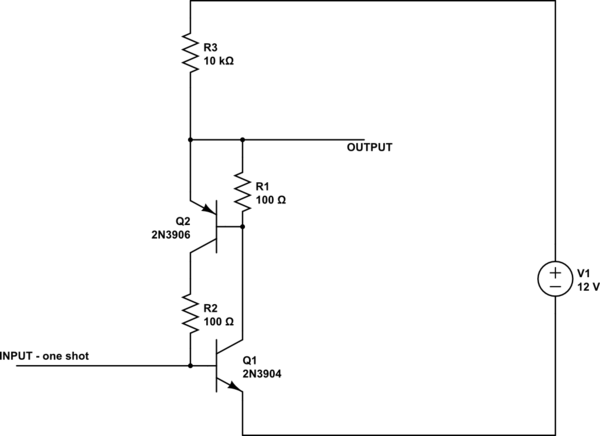This is actually quite simple to do with a single SPST relay:

simulate this circuit – Schematic created using CircuitLab
This is completely generic. The power source can be AC or DC. The only requirements are:
- Both the switch and the relay contacts must be rated to handle the load current.
- The relay coil must accept the same power (AC or DC, same voltage) as the load.
When you push the button, power is applied to both the load and the relay coil. After that, the relay contacts keep the current flowing until the power source is removed.
I once built a high-power version of this to run all of my computer systems. I was living in an area that was subject to bursts of short-term power outages. Since computers and other electronic gear don't particularly like to be "short cycled" like this, I used the circuit to make sure that once the power went off, it stayed off. I would restart everything manually by pushing the button, once the power had settled down again.



